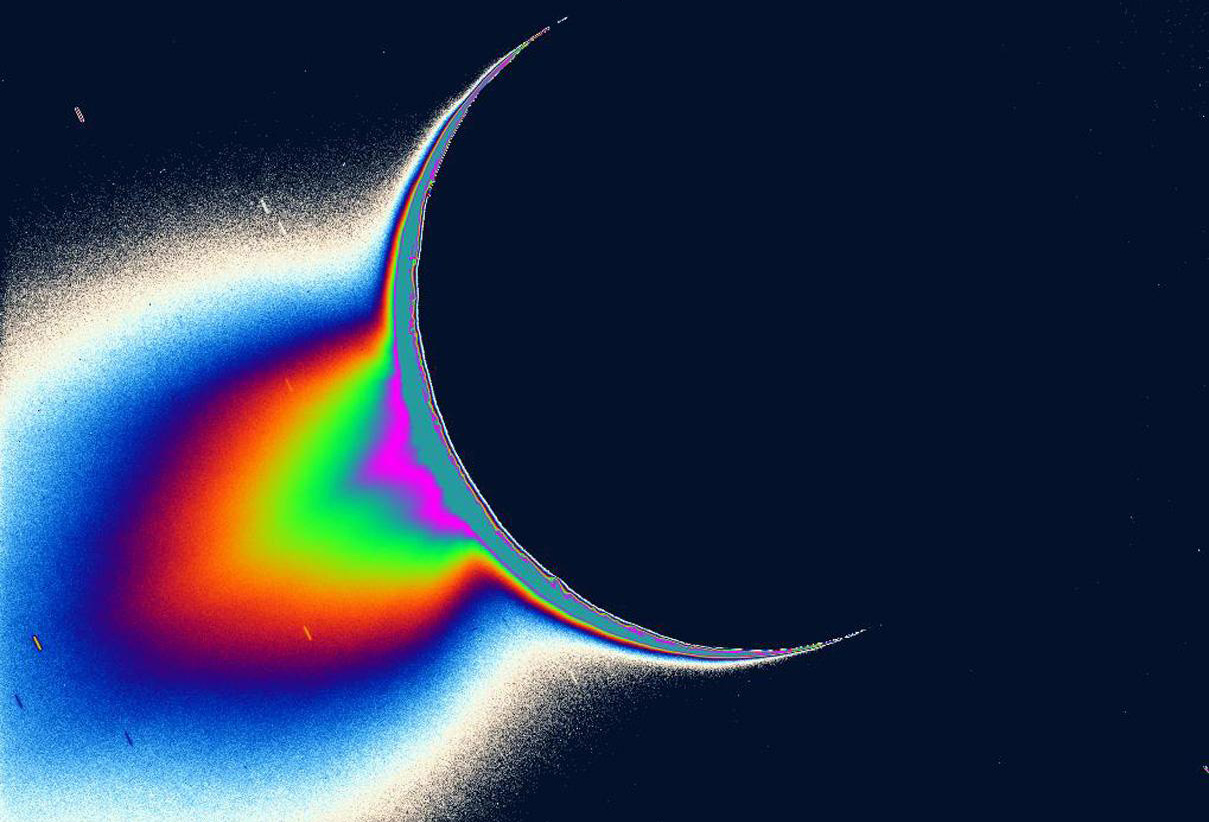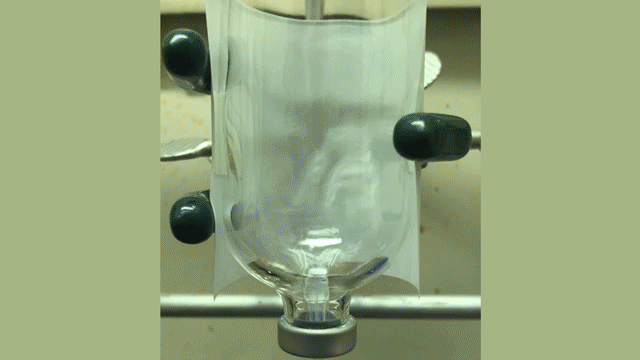Scientists Mimic Possible Origins of Life in a Lab

Hydrothermal vents, where the planet's heat seeps out into the deep ocean through cracks in Earth's crust, are candidates for where life may have began. So, scientists are eager to bring the vents into the lab.
That's precisely what a team of scientists did in a suite of experiments described in a recent paper. The research aims to better understand how the building blocks of life may or may not have formed in these systems. And the paper may also have implications for the study of extraterrestrial life, since scientists think that any similar vent structures hidden on icy worlds are strong candidates for finding life if it exists elsewhere.
"We don't have concrete evidence of life elsewhere yet," Laurie Barge, an astrobiologist at the NASA Jet Propulsion Laboratory in California and lead author on the new study, said in a statement from NASA. "But understanding the conditions that are required for life's origin can help narrow down the places that we think life could exist."
So, Barge and her colleagues ran a series of experiments designed to investigate the precise conditions under which amino acids, the building blocks of proteins, could form in these systems. To do so, the researchers created miniature hydrothermal-vent structures trapped in lab flasks in order to see how reactions proceeded in a more realistic environment than previous experiments without such features.
"Understanding how far you can go with just organics and minerals before you have an actual cell is really important for understanding what types of environments life could emerge from," Barge said. "Also, investigating how things like the atmosphere, the ocean and the minerals in the vents all impact this can help you understand how likely this is to have occurred on another planet."

Scientists are particularly intrigued by the possibility that such hydrothermal vent environments exist on the ocean floors of ice-crusted moons in the outer solar system. Such sites include Saturn's moon Enceladus and Jupiter's moon Europa.
The new research is described in a paper published yesterday (Feb. 25) in the journal Proceedings of the National Academy of Sciences.
Get the Space.com Newsletter
Breaking space news, the latest updates on rocket launches, skywatching events and more!
- Ocean Moons, Promising Targets in Search for Life, Could Be Dead Inside
- Photos: Enceladus, Saturn's Cold, Bright Moon
- Water Plumes on Europa: The Discovery in Images
Email Meghan Bartels at mbartels@space.com or follow her @meghanbartels. Follow us on Twitter @Spacedotcom and on Facebook.
Join our Space Forums to keep talking space on the latest missions, night sky and more! And if you have a news tip, correction or comment, let us know at: community@space.com.

Meghan is a senior writer at Space.com and has more than five years' experience as a science journalist based in New York City. She joined Space.com in July 2018, with previous writing published in outlets including Newsweek and Audubon. Meghan earned an MA in science journalism from New York University and a BA in classics from Georgetown University, and in her free time she enjoys reading and visiting museums. Follow her on Twitter at @meghanbartels.









